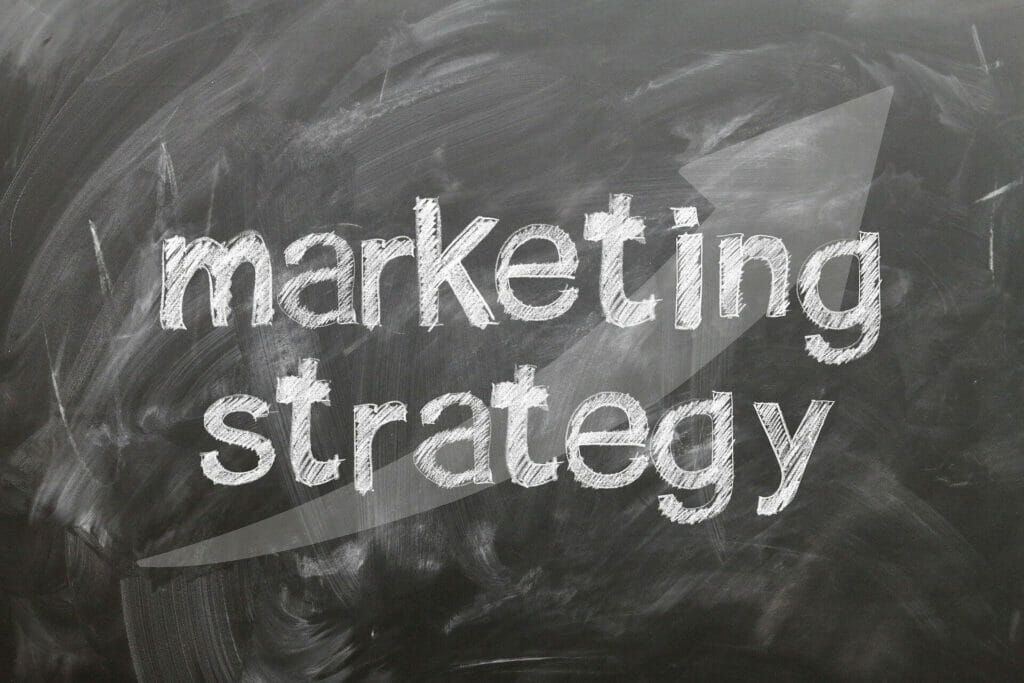Business
How Does Experiential Marketing Work
Building relationships with customers and brand loyalty has been a goal for both international and small businesses since the beginning of trade. Although the methods used to achieve it have significantly changed over the years, the objective remains the same – to gain loyal customers and for them to build emotional connections with the brand.
In this article, we will talk about what experiential marketing is, how does it work, and provide you with a step-by-step guide to organizing an experiential marketing campaign.
What Is Experiential Marketing
Experiential marketing, also sometimes called engagement marketing, is a marketing strategy that focuses on engaging both the old and potential customers and encouraging them to not only purchase a product or a service but to experience the brand. This allows the brand to build and preserve positive customer relationships.
Explore creative Experiential Marketing Ideas to design campaigns that leave a lasting impression and create deeper connections with your audience. There are different ways in which it can be achieved – for instance, your company might decide to organize a special event, a pop-up store, or another marketing initiative that will be completely unique.
Experiential Marketing – Benefits
You might be wondering – Why should I be using experiential marketing in my company? Well, there are quite a few good reasons – and we’ll talk about some of them in a second.
The first, and probably the most obvious from what we have already said benefit of experiential marketing is customer engagement. As it was discovered during plenty of studies, a customer is more likely to choose a business that treats them as a person, and not as just a number they need to increase their sales statistics with.
Not to mention that when consumers have amazing experiences with the brand, the business is most likely going to stay in the back of their mind, and when the time to make another purchase comes, they will probably be more willing to choose a company that they have already formed a relationship with.
The second reason why experiential marketing works is because it is shareable. People love to share their experiences. Let’s say you organize an experiential marketing event and 100 people attend. They love it, which encourages them to share it on their social media – be it Instagram, Facebook, Twitter, TikTok, or a completely different one.
Their friends are starting to engage with the posts and say ‘Hmm, that sounds super interesting, I’ll take part the next time it happens.’ From that 100 people who attended, suddenly you have 500 who want to attend the next event. Truthfully, in the advertising world, there’s probably no better means of gaining customers than word of the mouth.
A very good example of a successful experiential marketing campaign would be what Netflix did to hype up the premiere of Gilmore Girls – A Year in the Life – a four-part reboot series of the iconic show Gilmore Girls. To encourage people to watch it, on October 5th, 2016 (16th anniversary of the show’s premiere) the company transformed over 200 locally-owned coffee shops all around North America, mainly in the United States and Canada, into Luke’s Diners – an important location for the series. There, the customers could get a free coffee and experience a place they have seen on TV. The campaign was so successful that at the end, almost 900,000 people used a Snapchat filter that was specially designed for that event.
Launching Experiential Marketing Campaign – A Step-by-step Guide

Now that you know why you should consider incorporating experiential marketing events into your marketing strategy, it’s time to dive deeper into the topic and see how you can recreate Netflix’s success in your own company – while the numbers might not be as high as it was the case for Netflix, especially if you’re a small business, it is still something that you should try and see if it works for you. Who knows, maybe you’ll discover that experiential marketing is the way to go, and not the traditional one?
And if the campaign fails? At least you have tried – there were plenty of international companies that devoted a part of their marketing budget to experiential marketing efforts, only for it to end up not working out – and that’s fine. However, don’t worry about the campaign failing before you even start planning it – you will only be stressing yourself out.
So – how do you plan this type of marketing campaign, and how do you launch it? The process is divided into three phases – before the campaign, during the campaign, and after the campaign. Below, you will find more detailed information for when you are organizing an experiential marketing event.
Before the Campaign
The time before the campaign is dedicated to preparation – it’s during this stage that you conduct research (e.g., to come up with the form of the campaign, and ensure that what you have in mind is something that your customers will enjoy, too), prepare a course of action and come up with deadlines for each step, establish the goals you want to achieve with that campaign, make sure that all the team members that are involved in the campaign know what is expected of them, and what their role is, as well as confirm that everything that will be needed (if you’re organizing an event) will be ready to be used on the day the event is supposed to take place. You can also use this time to come up with a unique hashtag for your event, as this is something that will be helpful later – in the last phase of launching an experiential marketing campaign.
During the Campaign
The time during the campaign is mostly spent ensuring that everything is going according to plan. You have to make sure that everyone is safe, and that all the team members taking part in the event are doing what they are supposed to be doing.
Don’t be a passive participant – engage with the public, show them that your brand is not just a logo, but that there are actual people behind it that love their job and just want to offer their customers the best products or services.
This is also a great way of gathering feedback – it’s no secret that many people hate writing reviews or filling out surveys. However, they probably won’t mind sharing their experience with your product if it happens during a regular conversation. You can also use this opportunity to encourage the attendees to share pictures from the event on their social media and tag your brand in them and the event’s hashtag if you have one.
After the Campaign
During the final phase of launching an experiential marketing campaign, you analyze the data collected – for instance, you can check how many people attended, whether those that took part in the event purchased your product or service, how popular the event was on social media, if the event brought some new followers to your channels and so on. There’s plenty of consumer data to be collected and analyzed during live events – what you will focus on depends solely on what your goals are and what you want to achieve with this campaign.
Experiential Marketing and Event Marketing – Are They the Same?
The answer is no – event marketing and experiential marketing are not the same. To explain it in the simplest way, the former is more of a one-way street – the brand communicates messages to the customer, but the customer has no way of responding. Experiential marketing, on the other hand, is a two-way street – both the brand and the customers are able to engage in a conversation and, therefore, they can start building a relationship.
Another thing is that those two typically don’t have the same goals – event marketing is usually used by a company that wants to launch a new product and introduce it to the public, while experiential marketing is focused on building brand loyalty, gaining loyal customers, and just in general build a positive brand experience for the customers.
Experiential Marketing In a Coffee Shop – What Can You Do?

The last thing we want to talk about is how you can utilize experiential marketing in a coffee shop, coffee house, cafe or other business that serves hot drinks. Honestly, there are plenty of things you can organize, and we will share some ideas with you below. Who knows, maybe you’ll get inspired by one?
First of all, you can decide to organize themed days, during which you will offer your customers drinks inspired by or related to a specific person, movie, book, game, or something else. For instance, you can have a Disney Princess Day and have drinks inspired by different Disney princesses, e.g. Ariel, Snow White, Cinderella, and so on.
The second idea would be to organize a day during which your customers will be able to make custom paper coffee cups or coffee sleeves. At HotShotSleeves, we offer coffee sleeves that you can customize, for example, with the name and address of your business or just plain ones. Purchase some markers, pens, and pencils and you have a fun activity that will definitely bring plenty of new customers to your business and exposure to you.
The Bottom Line
Experiential marketing is not a new invention – it’s been around for the past century, if not more. However, it wasn’t until recently that brands started to notice just how beneficial to their business it can be. The purpose of experiential marketing is to increase consumer engagement, build a strong relationship between a brand and a customer – a relationship that can, later on, turn into profit.
We hope that after reading this article, you have a clear understanding of what it is, how it works, and why experiential marketing is something that you should consider adding to your business’ marketing strategy. And remember – if you have a coffee business and are in need of custom coffee sleeves for your event, you can always count on us to deliver!

Barry Konkin is the founder of HotShot Coffee Sleeves. With over 30 years experience in commercial offset printing, Barry utilized his diverse printing background and creativity in developing new coffee sleeve designs that were granted Patents in both the USA and Canada. Barry’s goal is to assist businesses with brand promotion through the use of high quality custom printed cup sleeves. With an understanding of your marketing and operational objectives, Barry can recommend the ideal coffee sleeve solution for you.


